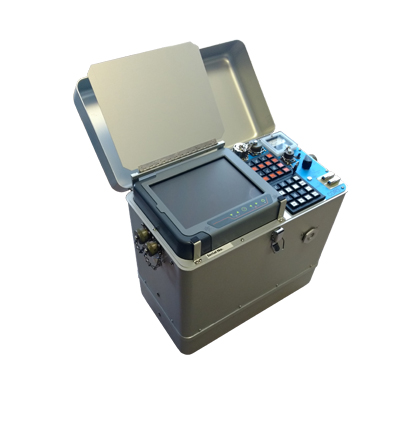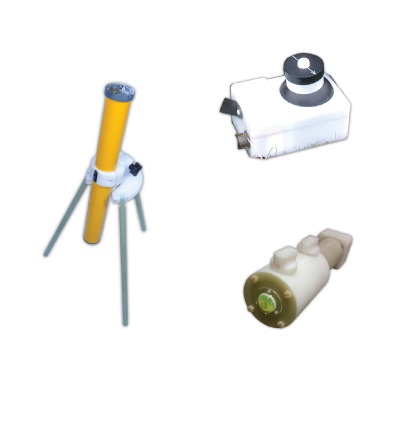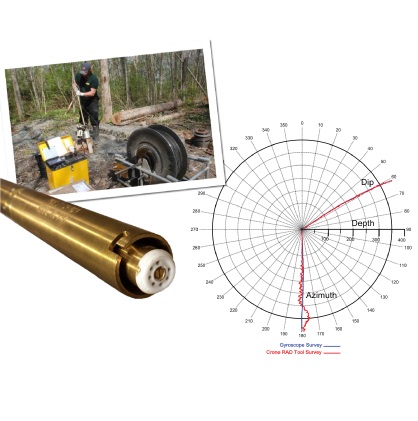







PEM is the leading time-domain electromagnetic method for surface and borehold mineral exploration.
◇ Base Metal Exploration – Nickel/Copper/Zinc/Lead/Iron
◇ Precious Metal Exploration – Gold/Silver/Platinum/Palladium
◇ Carbon Based Mineral Exploration – High Purity Flake Graphite/Coal/Diamonds
◇ Energy Exploration – Uranium
Surface – DEEPEM, Large In and or Out of Loop, Butterfly Config, Moving Loop, Moving Coil – 3 components with SQUID, Fluxgate, Standard Coil Sensors
Borehole – 3D Borehole PEM – 3 components are measured and oriented. Standard Coil or Fluxgate Sensors
Underground – 3D Borehole PEM – including flat or up-dipping holes. Standard Coil or Fluxgate Sensors
Rate of change of magnetic field in nanoTesla/second (same as nV/m2 or magnetic field in pT (with SQUID or Fluxgate sensors) ).
CDR2 and CDR3 Fully digital (input is digitized before stacking) with 25 bit auto gain ranging circuit. CDR3 is Multi Channel for simultaneous 3 component recordings, touchscreen and keypad interface.
The CHT3 4.8 kWatt transmitter can deliver 30 Amps at 240 Volts for large or small loops. An additional transmitter can be linked converting the Tx to a 9.6kWatt system for up to 60 Amps in Parallel, or 30 Amps in series for very large loop configurations.
The transmitter current is regulated and kept constant at the set value despite loop load variations throughout the survey day. Current is monitored and stored for QA/QC purposes.
The generator used is of a standard commercial design and can be readily sourced if required.
Precisely- controlled linear ramps of fixed duration allow for proper comparisons to be made between data from different loop sizes, and also allows for an accurate step response transformation.
A new long time base of 150 msec (1.67 Hz) or 300msec (0.833 Hz) ensures that very long time constant conductors can be seen in complicated environments.
A new step response transformation allows even longer time-constant conductors to be seen by reproducing the response that would be seen in a direct measurement of the late step response. Our controlled linear ramps and our standard Primary Pulse (PP) measurement on the ramp are necessary for this calculation.
A 32 mm probe diameter ensures that virtually all holes can be surveyed with 3-component measurements.
X-Y orientation tools accurately orient the X and Y components either with tilt sensors or with 3-axis magnetometers with 3-axis accelerometers. This helps tremendously with giving direction to off-hole conductors and to the centre of in-hole conductors.